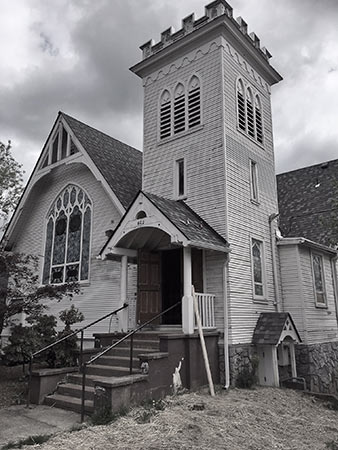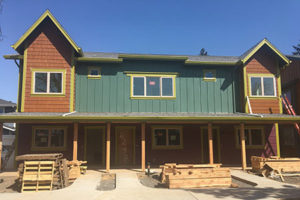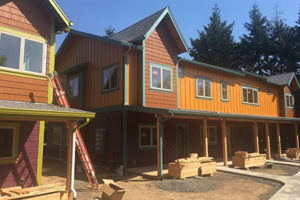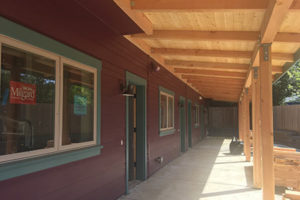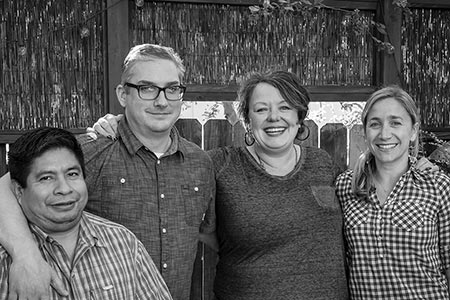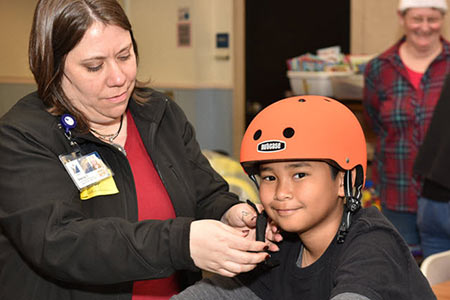By Tyler Bullen | LUTC Vice-chair
Every morning before I strap on my helmet for a half hour bike commute into the Pearl, I wonder, “Is today the day I get hit by a car?” Given the number of miles I bike weekly, there’s a decent statistical likelihood of a collision with an automobile at some point in my life.
Despite the risks, I commute via bike, largely because it’s much faster than driving. It’s also cheaper, better for our environment and, when not competing for road space with cars, far more enjoyable.
Many Portlanders recognize this, which helps drive our nation-leading bike commute rates. Yet Portland’s bike commuting culture could be so much stronger if bikers felt truly safe on our streets.
Don’t get me wrong. We’re better than most other American cities. In 2016, Portland adopted Vision Zero, the concept that every road injury is preventable. We’ve lowered speed limits, increased enforcement and expanded road safety education.
However, the only way bikers will feel materially safer on our ever-more-crowded city streets is to reduce the potential for collision with cars.
Concordia features many bicycle greenways, roads designated to be low trafficked by cars and well-suited for bicycles. In theory, these roads provide easy through routes for bicycles, free of impediments like stop signs. But roads without stop signs attract cars.
To combat this, diverters – structures that prevent or dissuade cars – are occasionally placed on these roads. Well-situated, diversions can dramatically reduce car traffic.
Going Street, northeast’s most utilized greenway, performs well. It features diversions at MLK Boulevard, and 7th and 15th avenues, and speed bumps throughout. But too often our neighborhood greenways function as nothing more than normal neighborhood roads, like 37th Avenue.
Nothing in city code requires greenways to have diversions, often rendering the designation nearly pointless. Without material separation, these roads do nothing to dissuade cars or increase bicycle safety.
It’s time Portland adopted an approach that will make a difference. Physical diversion ought to be a matter of policy on all neighborhood greenways.
The concept is fairly simple. Any greenway crossing a road with yellow dotted or solid lines requires a diversion. There are at least five such intersections in Concordia, and hundreds across Portland.
Diversion takes many forms, and each intersection should be considered independently. But, when executed properly, bikers will appreciate the reduced stress that comes when not constantly thinking of cars ahead or behind. More people will leave their cars home in favor of bikes. Residents on these roads also benefit from fewer pollutants, noise and stress of cars. Portlanders can enjoy a more livable city.
Maybe I’ll even wake up one day no longer wondering, “Is today the day?”
Tyler Bullen lives with his wife and two boys in the southeast corner of Concordia.
